Ackart, Robert. Fruits in Cooking. New York: Macmillan Publishing Co., Inc., 1973.
Better Homes and Gardens. So Good with Fruit. Meredith Publishing Company, 1967.
Chandonnet, Ann. The Complete Fruit Cookbook. San Francisco: 101 Productions, 1972.
Citrus. Edison, New Jersey: Chartwell Books, Inc., 1992, 1997.
Dixon, Pamela. New Ways with Fresh Fruit & Vegetables. London and Boston: Faber and Faber Limited, 1973, 1981.
Hodgson, Moira. Cooking with Fruits and Nuts. Indianapolis and New York: The Bobbs-Merrill Company, Inc., 1973.
Kilmer, Joyce. Trees and Other Poems. New York: George H. Doran Company, 1914.
- Available via HathiTrust at: http://catalog.hathitrust.org/Record/008689552
Plagemann, Catherine. Fine Preserving. New York: Simon and Schuster, 1967.
Raddin, Charles S. "Grape Fruit." William Kerr Higley, ed. Birds and Nature in Natural Colors: A Monthly Serial. Forty Illustrations by Color Photography, A Guide in the Study of Nature. Volume XV, No. 2 (February 1904): 86-87. Chicago: A.W. Mumford, 1904.
- Available via Biodiversity Heritage Library at: http://www.biodiversitylibrary.org/item/111221
Rubin, Cynthia & Jerome. The New Fruit Cookbook. Chicago: Henry Regnery Company, 1974, 1977.
Sinclair, Walton B. The Grapefruit: Its Composition, Physiology, and Products. Riverside: University of California, Division of Agricultural Sciences, 1972.
Small, Ernest. Top 100 Food Plants. Ottawa: National Research Council of Canada, 2009.
The Editors of Time-Life Books. Fruits. 1983.
Turner, R. Elaine and Gail C. Rampersaud. “Using Medications Safely: Interactions Between Grapefruit Juice and Prescription Drugs.” Gainesville: University of Florida IFAS Extension Publication #FSHN02-5, 2009.
- Available at: http://edis.ifas.ufl.edu/fs088
Waters, Alice and the Cooks of Chez Panisse in collaboration with Alan Tangren and Fritz Streiff. Chez Panisse Fruit. HarperCollins Publishers Inc., 2002.


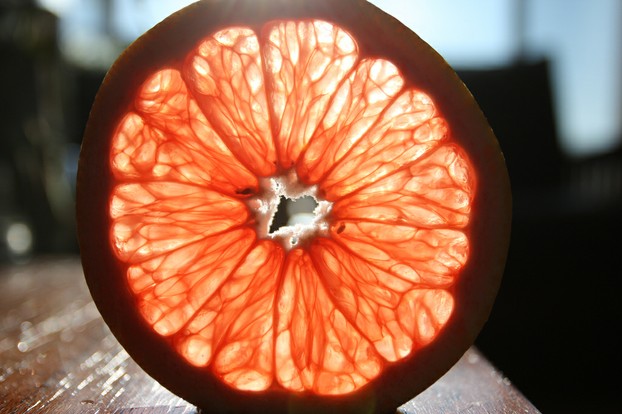
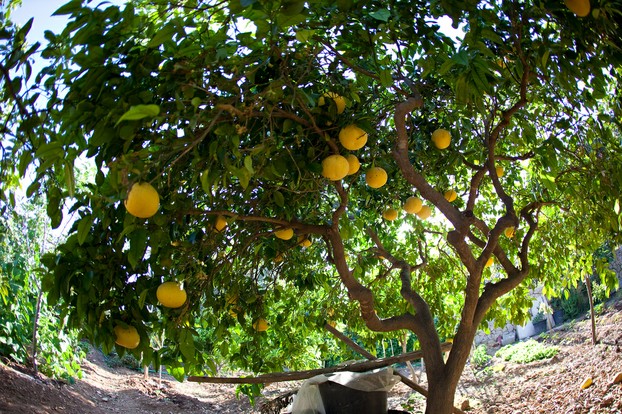
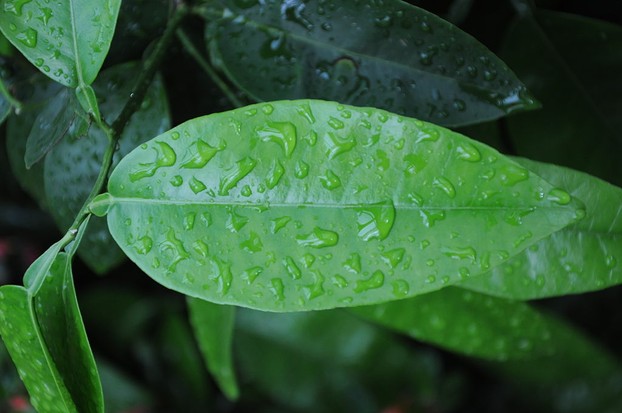
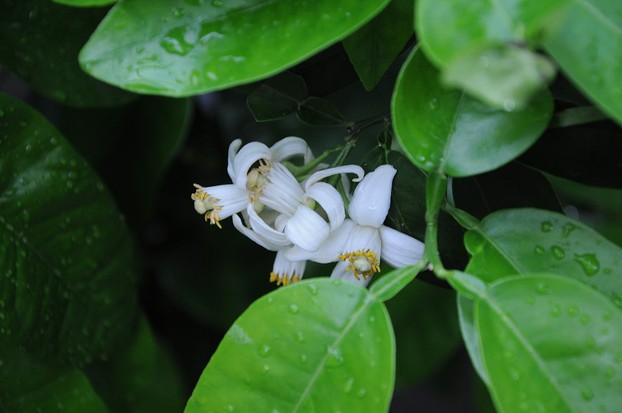

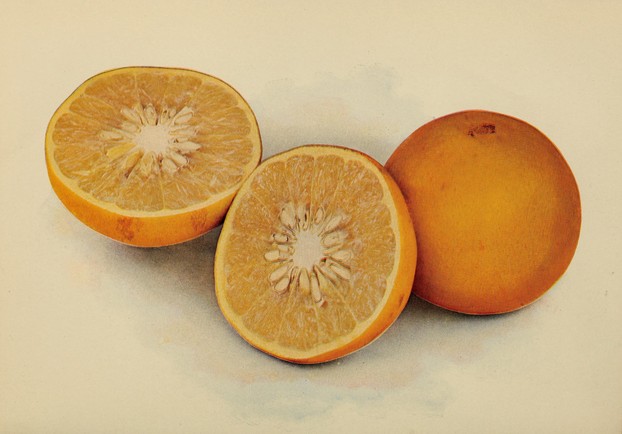
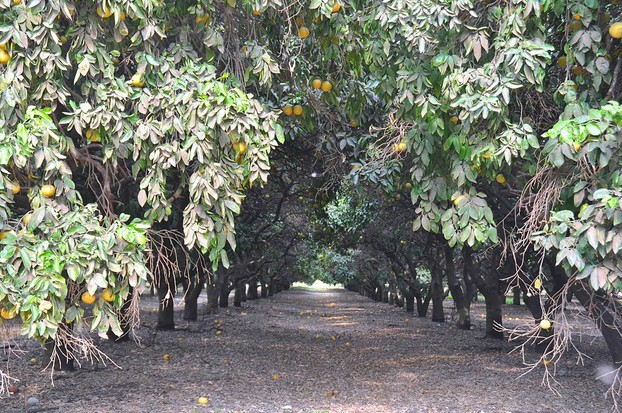
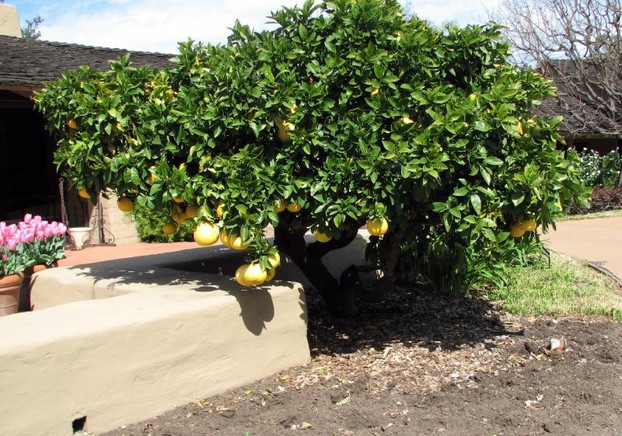
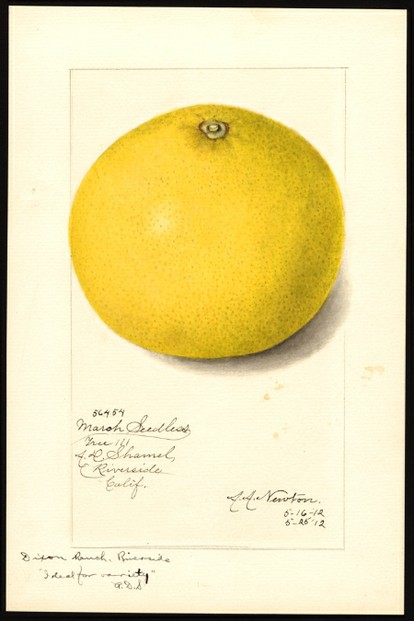
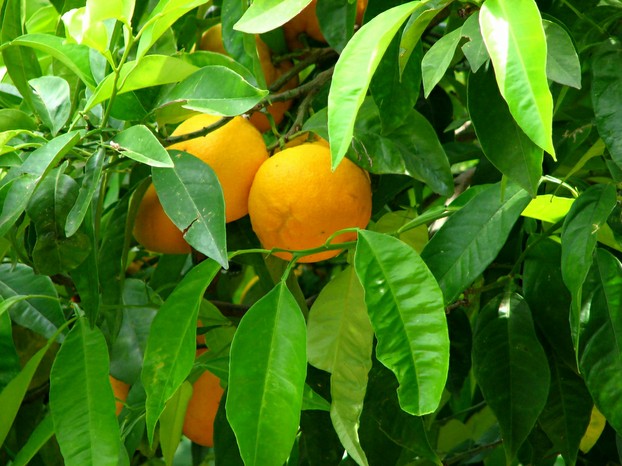
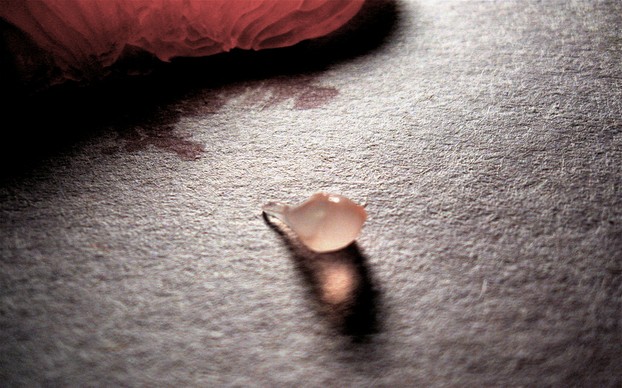



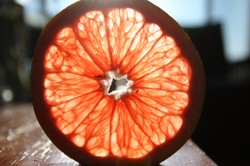

 Are Hawaiian Huakai Po Nightmarchers Avenging Halloween Thursday?on 10/02/2024
Are Hawaiian Huakai Po Nightmarchers Avenging Halloween Thursday?on 10/02/2024
 Mailing Addresses for 2023 Form 4868 Extending 1040 and 1040SR April 15, 2024, Due Dateon 04/15/2024
Mailing Addresses for 2023 Form 4868 Extending 1040 and 1040SR April 15, 2024, Due Dateon 04/15/2024
 Mailing Addresses for 2023 Forms 1040 and 1040SR Filed in 2024on 04/15/2024
Mailing Addresses for 2023 Forms 1040 and 1040SR Filed in 2024on 04/15/2024
 Mailing Addresses for 2022 Form 4868 Extending 1040 and 1040SR April 18, 2023, Due Dateon 04/13/2023
Mailing Addresses for 2022 Form 4868 Extending 1040 and 1040SR April 18, 2023, Due Dateon 04/13/2023

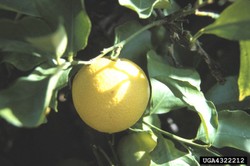

Comments
Davis Seedless was another seedless grapefruit variety illustrated by Amanda Almira Newton. Her depiction (87353; https://pomological.art/watercolors/P...; ) of the Davis Seedless grapefruit's exterior was dated 1-21 and 1-26 in 1916. her interior depiction was dated 1-21 and 2-14 in 1916 (https://pomological.art/watercolors/P...). She credited "E.F. Davis, Miami, Dade Co., Florida" with the model for her illustrations.
The Davis Seedless was referenced by American botanist, taxonomist and agricultural researcher Robert Willard Hodgson (April 3, 1893-May 16 or 17, 1966) as appearing after the Marsh Seedless: "More recently, at least two other seedless varieties of the common grapefruit type have been found, namely Davis in Florida and Cecily in South Africa, neither of which has attained much commercial importance," as quoted on USDA's idtools (ITP Identification Technology Program) website (https://idtools.org/citrus_id/index.c...).
"Davis is a seedless grapefruit variety in Florida so similar to Marsh that they are indistinguishable to the writer. . . . Davis has not achieved commercial importance" (page 546), Hodgson noted in "Chapter Four: Horticultural Varieties of Citrus" in Walter Reuther, Herbert John Webber and Leon Dexter Batchelor, eds., The Citrus Industry, vol. I History, World Distribution, Botany, and Varieties (1967) (https://archive.org/details/pst-00000...).
USDA's Pomological Watercolor Collection website also includes Marsh Seedless grapefruits illustrated by Amanda Almira Newton after 1912 (https://pomological.art/watercolors-o...).
Her Marsh Seedless illustration (81833) dated 6-16 and 6-28 in 1915 came from "Tree 14-31," sourced from "A.D. Shamel, Riverside Calif." Illinois-born physiologist Archibald Dixon Shamel (Oct.15, 1877-April 8, 1956) began employment with the U.S. Department of Agriculture;s Bureau of Plant Industry in 1902. In 1920, he relocated to Riverside, Southern California, to work in USDA's Citrus Experiment Station (CES).
Newton's Marsh Seedless illustration (99993), dated 4-25 in 1921, depicted a grapefruit from Arizona.
Amanda Almira Newton made four illustrations of Marsh Seedless grapefruits in 1912, according to USDA's Pomological Watercolor Collection website (https://pomological.art/).
The illustration that appears as the third to last illustration (between Dedication and Acknowledgment) in this post has dates of May 16, 1912, and May 25, 1912, and is numbered as 56454 in the collection. The model for the illustration was borne on "Tree 111" at the Dixon Ranch in Riverside CA.
Two of Newton's other Marsh Seedless grapefruit illustrations dated 1912 also source from the Dixon Ranch. Illustration 56421 derives from "Tree 101." The illustration has dates of May 13, 1912, and May 18, 1912.
The other Dixon Ranch-originating illustration (56449) was associated with "Tree 106." The illustration has dates of May 16, 1912, and June 20, 1912.
Newton's fourth 1912-produced Marsh Seedless grapefruit illustration (99993) depicts a grapefruit from Arizona, with a date of April 25, 1921.
Amanda Almira Newton's grandfather was Isaac Newton (March 31, 1800-June 21, 1867) (Find A Grave Memoria ID 46583472, originally created by Meges, maintained by Diane DeMore, added Jan. 11, 2010; URL @ https://www.findagrave.com/memorial/4...).
Amanda's grandfather ". . . was born in Burlington County, N.J., March 31, 1800, to Isaac and Mary (Newton) Newton, a family of English ancestry and Quaker faith. The young father soon died leaving an 18-year-old widow and baby son Isaac. The mother and son lived for years in the farm home of her prosperous father-in-law. The growing boy attended 'county and state' schools, but apparently did not continue on to college. When 21 years of age, Newton married Dorothy Birdsall, and took over management of two adjoining farms in Delaware County, Pa., which he developed into a model of 'neatness, order and productiveness,'" according to Amanda's typed statement in the Library of the U.S. Department of Agriculture, as noted in The Story of U.S. Agricultural Estimates, prepared by the Statistical Reporting Service (USDA Miscellaneous Publication No. 1088; Washington DC: U.S. Government Printing Office, April 1969: page 19; URL @ https://archive.org/details/storyofus...).
As 16th President of the United States (March 4, 1861-April 15, 1865), Abraham Lincoln (Feb. 12, 1809-April 15, 1865) appointed Isaac Newton as the first Commissioner of the Department of Agriculture on Tuesday, July 1, 1862.
USDA's Pomological Watercolor Collection website (https://pomological.art/) lists 1,210 illustrations by Amanda Almira Newton, whose illustration of Citrus x paradisi 'Marsh Seedless' appears as the third to last illustration (between Dedication and Acknowledgment) in this post.
For those wondering about Amanda Almira Newton, whose illustration of Citrus x paradisi 'Marsh Seedless' appears as the third to last illustration (between Dedication and Acknowledgment) in this post:
American watercolorist Amanda Almira Newton was born May 1860 in Pennsylvania. She died June 12, 1943. She is buried in Washington DC's Rock Creek Cemetery (Section D, Lot 36 1/2, Site 2), according to Memorial ID 154114237 created Oct. 22, 2015, by SLGMSD for the Find A Grave website (https://www.findagrave.com/memorial/1...).
Amanda Almira Newton's watercolors are held by the U.S. Department of Agriculture's Pomological Watercolor Collection. The collection of 7,497 watercolor botanical illustrations is housed in the United States National Agricultural Library, located in Beltsville, northern Prince George's County, southwester Maryland.
AbbyFitz, Me, too, I love the shade and road screens provided by grapefruit trees.
Your visit is appreciated, especially since grapefruits are not your cup of tea!
Even though I don't care for grapefruit, I love the trees in our yard. They're shady, and they make a good screen from the road.